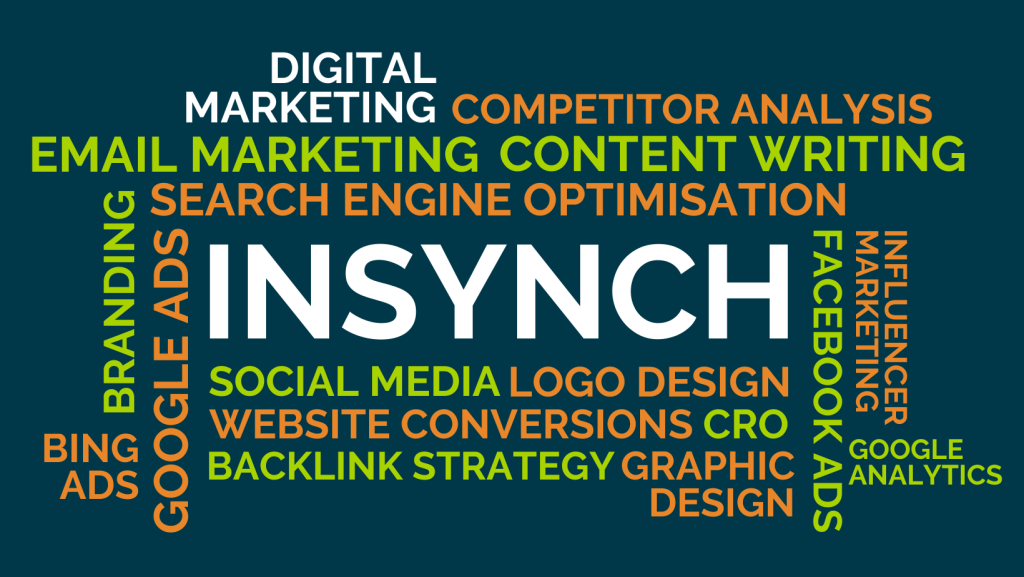Despite what many GDPR consultants and training courses are telling you in order to sell their services, you don’t need to totally rethink your Digital Marketing Strategy. Most of what they say are myths and scaremongering.
We aren’t trying to sell consultancy or courses on GDPR. In fact we are writing this post because many of our clients and people we meet at events and courses always want to know our opinion. What do we think about GDPR and what plans do we have in place for it?
We visited an Information Commissioner Office provided course on GDPR through Business Wales to see exactly what we can carry out under GDPR and found ourselves delighted to have our views on the legislation confirmed. You will be surprised at how many of our marketing strategies are still allowed under the new regulations.
Before we get into details though, we must say that you should not take this blog post as legal guidance – for full rules and regulations provided by them you can refer to the Direct Marketing Guidance by the ICO and their other guides for Direct Marketing and a guide to GDPR
Having said that, here are our 5 Surprisingly GDPR-Safe Tactics
1. You Do Not Need to throw out your Digital Marketing Strategies and Start Again
Many of the actions and strategies for online/digital marketing are already covered by the Privacy and Electronic Communications Regulations – so you should already be adhering to these regulations and do not need to start your privacy and cookie policies from scratch!
We’ve heard from many different businesses that they are worried that this means the end for some digital marketing strategies as we know it – but this isn’t the case. These new guidelines are in place to stop unwanted and unsolicited emails being sent to people who likely don’t want to buy products or services from that business.
In terms of email marketing – taking time to make sure that your lists are up to date and correct and that you aren’t using an old, outdated and irrelevant list is beneficial to your business as well, as according to Mailchimp, emails to a segmented list are more likely to open and click on an email than emails to a general list would.
In terms of marketing, you need to make sure to offer an ‘opt-out’ for any piece of information you have on a user. For example with email marketing three should be a ‘soft opt-out’ option where there is a message on each email saying you can unsubscribe at any time, and how to do so, either by clicking a link and then unsubscribing from there or getting in touch with the business.

2. You Can Still Give Offers/Incentives for Email Marketing
Incentive’s are a large reason why most people sign up to mailing lists. Under GDPR, you don’t have to drop all use of incentives, as long as you explain what the customer will be receiving when they sign up for email marketing.
For example, making sure to say they they’ll receive an percentage off their first order and that they’ll also receive news and other offers from their newsletter when they sign up.
You should feel sure that a customer would know what they are signing up for and why and that they don’t then receive anything that they haven’t been informed about previously e.g. using a mailing list for a different, unrelated company marketing list.
They should also be able to ‘positively’ opt into receiving further marketing from you, so there shouldn’t be any pre-ticked boxes, they need to tick/point out that they want further marketing explicitly.

3. You don’t have to send out ‘Re-permission’ campaigns
If there is a list(s) of people/emails that you don’t think are interested in your products or services, then you should be considering sending an email out to ask them if they are still interested. It is likely in your best interests to stop using that list and to instead use a more relevant, up to date list of existing customers or recent sign-ups to your newsletter.
People that have legitimate interest in your products/services or who have bought from you in the past and would therefore be likely to buy again, you do not need to gain permission again as you should already have obtained this in a law-abiding manner under the Privacy and Electronic Communications Regulations.

4. You Can Still Continue Your Email Marketing Strategy to Past Customers
As long customers have paid for a product or service from you, this is considered ‘legitimate interest’ in regards to being able to carry out further marketing for them.
If you have a list of existing/past customers you are using for email marketing purposes, you can use this for direct/email marketing as they have legitimate interest in your products and/or services and therefore you be able to to market your products/services to them under that basis.

5. Consent for Marketing is not being redefined
Instead, our guidance from the ICO was to make sure that getting consent to have newsletters/etc. is already covered under previous guidelines, and to only rely on ‘consent’ as a last resort.
With direct marketing consent is what you will need to refer to as why you are storing and using people’s emails/ details so it is important to look at the guidance for consent to ensure the methods you currently have in place to get consent are still viable under GDPR.
Consent now has a higher standard to meet, but as long as you offer genuine choice and control in how to obtain their consent and ensure to offer the ‘soft opt-out’ for any marketing tool.

GDPR isn’t an entirely new and scary thing, it is improvements upon guidelines we already follow in our Digital Marketing strategies to collect and market to consumers who are interested in your business’s products/services. If you would like to get in touch or get consultancy about our digital marketing further then feel free to contact us
Countdown to GDPR…




